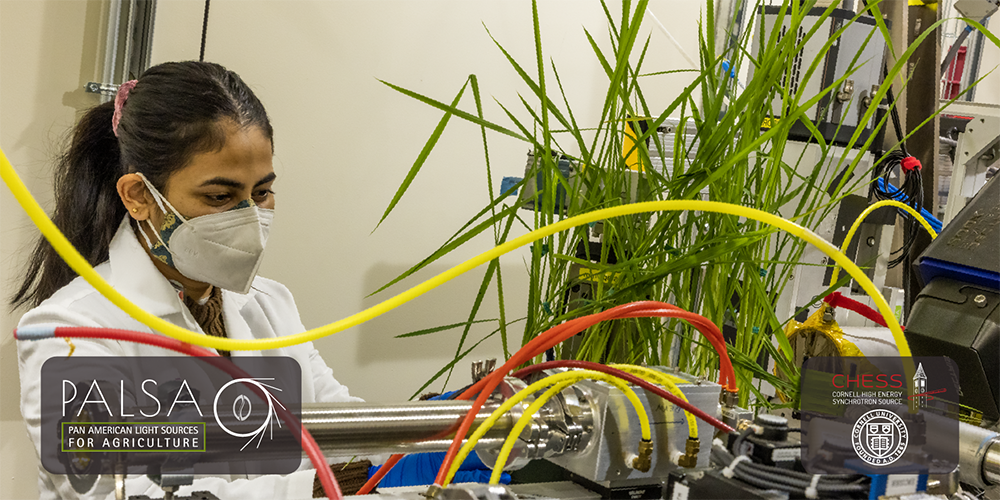Speaker
Description
MOGNO beamline, from the 4th generation Light Source in Brazil, Sirius, will be focused on high throughput, time resolved experiments and multi-scale analysis. This beamline will work in high energies (22, 39 keV, and 67.5 keV), with a cone beam geometry that enables continuous magnification of the image, from ~55 µm to ~120 nm, known as zoom-tomography. In addition, MOGNO will be equipped with a high-Z direct area-detector that provides a maximum field of view of ~85x85 mm2. In the agricultural sciences, this means it is possible to measure a soil monolith in a large field of view, aiming to detect for instance macropores and primary roots, and zooming into inter- and intra-aggregate pore zones, where most of the micropores are found, often near root hairs, defining the rhizosphere region. In addition, the high photon flux and the direct area-detector will allow fast data acquisition, in which experiments are resolved both in space and time (4D). This will benefit studies of soil functions such as storage and distribution of water. The other relevant aspect to be considered for innovative soil studies relies on the possibility to scan samples in contact and phase contrast image regimes. The phase contrast regime arises as the sample to detector distance increases, due to the free propagation of the X-ray wave refraction caused when it crosses any material interface, thus greatly benefiting biological samples. This configuration, allied with robust phase retrieval algorithms which are under development by the Scientific Computing Group (GCC/LNLS), are hoped to allow the identification of organic matter inside soil samples without the need of staining procedures. Therefore, the goal of this work is to present the new opportunities that are becoming available with this cutting-edge technique applied in agricultural studies. MOGNO is currently open to scientific commissioning with external users.

